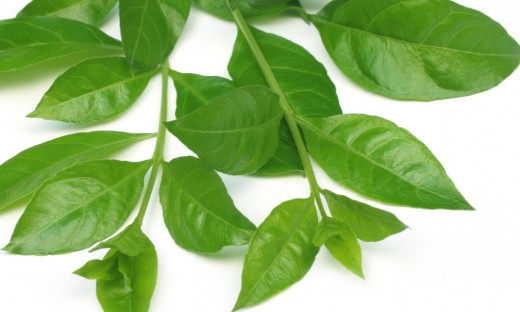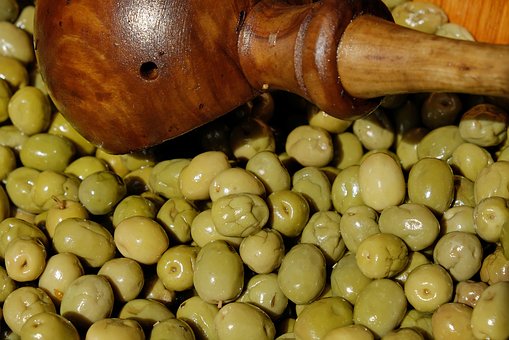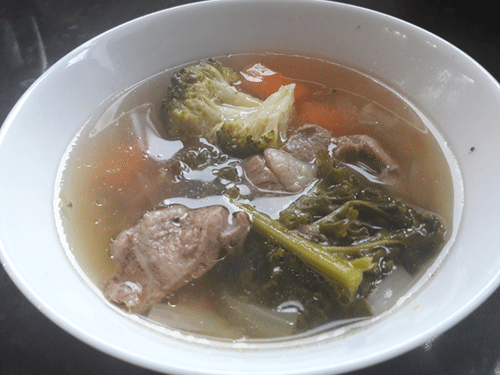Therapeutic Effects of Alpha-Lipoic Acid and Vitamin C on Alveolar Bone Resorption After Experimental Periodontitis in Rats. a Biochemical, Histochemical and Stereologic Study
© Authored by PubMed
Topics:
Vitamin C
© HealthyMuslim. See Terms and Conditions
Copy Link
Email
Print

Vitamin C is water-soluble, and probably the most famous of all the vitamins. Even before its discovery in 1932, physicians recognised that there must be a compound in citrus fruits preventing scurvy, a disease that killed as many as 2 million sailors between 1500 and 1800. Later researchers discovered that man, other primates and the guinea pig depend on external sources to cover their Vitamin C requirements. Most other animals are able to synthesise Vitamin C from glucose and galactose in their body. The most prominent role of Vitamin C is its immune stimulating effect, which is important for the defence against infections such as common colds. It also acts as an inhibitor of histamine, a compound that is released during allergic reactions. As a powerful antioxidant it can neutralise harmful free radicals and aids in neutralising pollutants and toxins. Thus it is able to prevent the formation of potentially carcinogenic nitrosamines in the stomach (due to consumption of nitrite-containing foods, such as smoked meat). Importantly, Vitamin C is also able to regenerate other antioxidants such as Vitamin E. Vitamin C is required for the synthesis of collagen, the intercellular 'cement' substance which gives structure to muscles, vascular tissues, bones, tendons and ligaments. Due to these functions Vitamin C, especially in combination with zinc, is important for the healing of wounds. Vitamin C contributes to the health of teeth and gums, preventing haemorrhaging and bleeding. It also improves the absorption of iron from the diet, and is needed for the metabolism of bile acids, which may have implications for blood cholesterol levels and gallstones. In addition, Vitamin C plays an important role in the synthesis of several important peptide hormones and neurotransmitters and carnitine. Finally, Vitamin C is also a crucial factor in the eye's ability to deal with oxidative stress, and can delay the progression of advanced age-related macular degeneration (AMD) and vision-loss in combination with other antioxidant vitamins and zinc.
Akman S, Canakci V, Kara A, Tozoglu U, Arabaci T, Dagsuyu IM. Therapeutic Effects of Alpha-lipoic acid and Vitamin C on Alveolar Bone Resorption After Experimental Periodontitis in Rats. A Biochemical, Histochemical and Stereologic Study. 1. J Periodontol. 2012 Jun 15. [Epub ahead of print]
Akman S, Canakci V, Kara A, Tozoglu U, Arabaci T, Dagsuyu IM. Therapeutic Effects of Alpha-lipoic acid and Vitamin C on Alveolar Bone Resorption After Experimental Periodontitis in Rats. A Biochemical, Histochemical and Stereologic Study. 1. J Periodontol. 2012 Jun 15. [Epub ahead of print]
Background: Alpha-Lipoic acid (ALA) and Vitamin C (Vit-C) are very important vitamin and powerful antioxidant which have been used for the treatment of many diseases. The present study aimed to investigate the role of ALA and Vit-C substances in the treatment of alveolar bone resorption in periodontal diseases. Methods: Thirty six Wistar albino male rats were randomly divided into four groups as follows: Control (C), experimental Periodontitis group (PED), experimental Periodontitis treated with ALA (ALA) and experimental Periodontitis group treated with ALA+Vit-C combination (ALA+Vit-C). Experimental Periodontitis was simulated by placing ligatures around the necks of teeth for 5 weeks. After ligature removal, PED group was given a single intra gastric dose of 1 ml saline, while ALA and ALA+Vit-C groups were treated with intra-gastric dose of 50 mg/kg of ALA and ALA+Vit-C for 15 days, respectively. Serum Bone alkaline Phosphatase (B-ALP) levels and myeloperoxidase activity in gingival tissues were analyzed. In order to evaluate the osteoclast activation, expression of activated receptor activator nuclear factor kappa B ligand (RANKL) and bone density index (BDI) were examined stereologically in the bone sections obtained from the mandibles of the rats. Results: The results showed statistically significant differences between the PED group and antioxidant treated groups according to B-ALP, MPO, RANKL and BDI values (p<0.05). ALA and ALA+Vit-C treatments exhibited beneficial effects on the mesial/distal periodontal bone support at the ligature-induced Periodontitis tooth areas. Conclusion: This study evidenced that ALA and Vit-C treatment provided therapeutic effects on inhibition of alveolar bone resorption and periodontal tissue destruction.
Link to this article: Show: HTML Link • Full Link • Short Link
Share or Bookmark this page: You will need to have an account with the selected service in order to post links or bookmark this page.





|
Related Articles:
- Low Vitamin A and C Levels Associated with Increased Asthma Risk
- Top Tips to Beat Stress
- Vitamin C Protects Against Gout
- Nutrients and Superfoods for Healthy Skin
- Grapefruit Can Promote Healthy Gums
- Goji Berries: A Great Superfood
- Book: Curing the Incurable: Vitamin C, Infectious Diseases, and Toxins - Thomas E Levy
- Higher Plasma Vitamin C Levels Reduce Risk Of Developing Type 2 Diabetes
- What Foods Are Good For Your Eyesight?
- Dr Linus Pauling, Vitamin C Infusions and Cancer
You must be registered and logged in to comment.
Most Popular
Latest Articles
Popular Subjects
Health, fitness and longevity
Based upon the principles of health
in the Qur'an and Prophetic Traditions.
HealthyMuslim.Com
There are two bounties in which
most people lose out: good health
and free time. Al-Bukhari.
The information on this site is provided for educational purposes only. It is not intended as a substitute for professional advice of any kind.























